Procrustes, 17 May 2020.
In reading through various discussions of the likely capabilities to issue forth from the Canadian Surface Combatant (CSC) bid competition, one might be struck by an odd thought. Are defence planners in league with industry officials in trying to sneak in a potential ballistic missile defence (BMD) capability for these ships by stealth?
According to most open source accounts, a strict BMD capability was never a mandatory requirement under the initial Request for Proposal (RFP). Nice-to-have, but not obligatory.
However, in selecting the Lockheed Martin/BAE Type 26 design, it now appears that the ship will be fitted with a cutting-edge AN/Spy 7 radar system.[1] This system has yet to be developed let alone tested for shipborne use. This developmental process will certainly add considerable risk and perhaps additional costs to an already extremely expensive ship, and would put Canada on a par with the United States in operating the first units with this very advanced radar system.
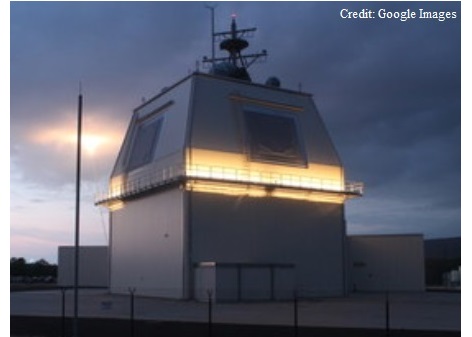
Adopting such a system would appear to fly in the face of the warnings by Irving's Kevin McCoy when he testified that planning officials had been working diligently to suppress the technology appetite of the navy, and that combat systems like the high-end radar would be the primary cost driver in the CSC program.[2]
The two land-based variants of the AN/Spy 7 radar are long-range discrimination radars (LRDR) that are clearly designed for ballistic missile defence. The radar can be scaled to fit aboard AEGIS-class warships such as the latest Flight-3 Arleigh Burke guided-missile destroyers. Whether or not this scaled-down variant will retain full BMD capabilities remains to be seen. However, some senior RCN officers clearly hope that it will. Vice-Admiral Art Macdonald has confirmed that this radar will be installed on the new CSC frigates, saying, “It’s a great piece, and that is what we were looking for in terms of specification.”[3]
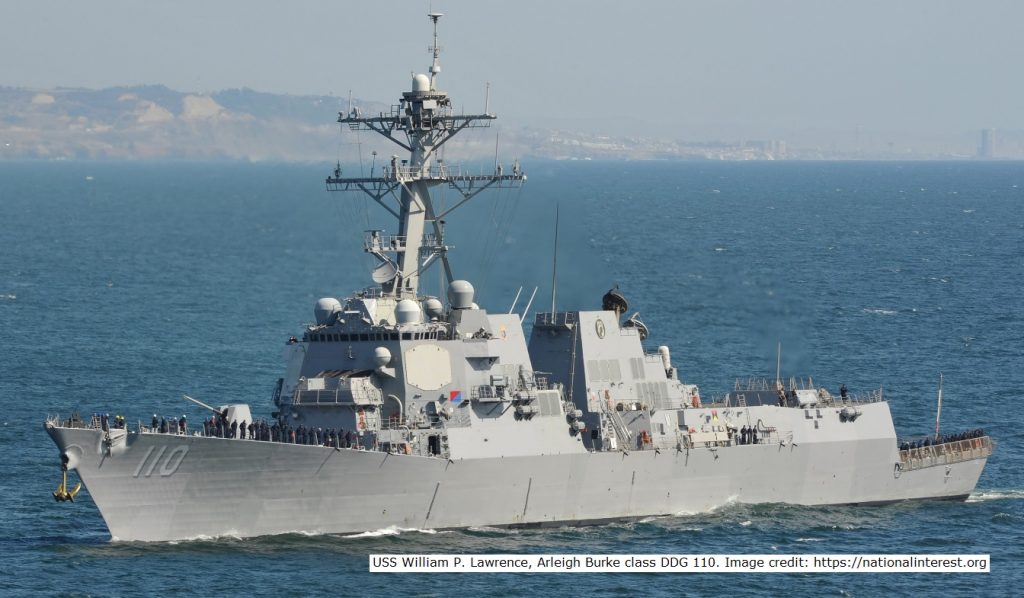
So, this radar system would provide a useful Canadian contribution to US BMD efforts worldwide. Moreover, it just such advanced technology as this that Canadian industry had in mind when several firms were reported to have lobbied the federal cabinet for more lucrative 'Canadian Content', in the CSC selection process.[4]
But are Canada's political elites fully aware of what is going on here? Despite many behind-the-scenes discussions, Ottawa has not yet formally signed any agreement to enter into a BMD system with the United States. More importantly for Canada's federal Liberal Party, the very idea of BMD is fraught with potentially explosive political baggage.[5] Indeed, sitting in its current minority position, it is a near certainty that the Liberals do not want to broach BMD in any form, especially to its more pacifistic, and anti-American Quebec caucus.
When questioned about the cost increases that would be incurred for the original Type 26 design by changes such as the radar system, Deputy Minister DND, Jody Thomas, artfully dodged the question by replying that no such matters "had crossed my desk." This careful bureaucratic response did not rule out being briefed by her officials on such a crucial cost component, nor did it lead to follow-up questions about the political significance of adding a high-end radar with potential BMD capabilities to the ship design.
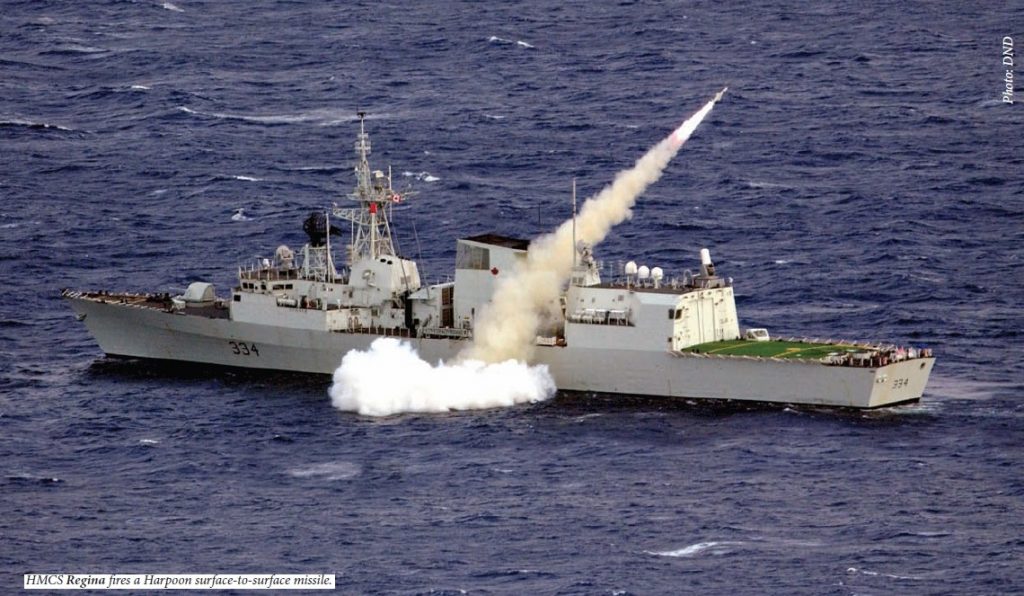
Again, all this begs the question: are our political leaders being kept fully informed about the full implications of what appears on the surface to be but yet another technical matter in the design of our future warships? Or, might the conspiracy theorists among us be right in thinking that the navy and industry companies involved in the CSC program are attempting an end-run around our elected officials? At a minimum, this quiet, technical approach does not correspond very well with the federal government’s oft-stated aspirations for a more ‘open and transparent’ defence procurement process. Stay tuned for the political fall-out.
References
- On its website, Lockheed Martin has been touting Canada as one of its customers for its new radar, and Gibbs and Cox, on behalf of ISI, recently advertised a position for a Senior Cooperative Engagement Capability Engineer to integrate the AN/Spy 7 system into the Type 26 CSC design.
- Kevin McCoy, President of ISI, testimony to Parliament, House of Commons, Standing Committee on National Defence, No. 35 (2 February 2017), 6-9.
- Murray Brewster, “Canada’s new frigates could take part in ballistic missile defence – if Ottawa says yes,” CBC News, 24 December 2019. See also, Adam P. MacDonald, “The Case for Canadian Naval Ballistic Missile Defence”, Canadian Naval Review, Vol. 14, No. 3 (2019), 4-9.
- Murray Brewster, “Liberals launch warship competition with call for foreign designs,” CBC News, 26 October 2016.
- See, Stephen Azzi and Norman Hillmer, “Intolerant Allies: Canada and the George W. Bush Administration,” Diplomacy & Statecraft, Vol. 27, No. 4 (2016), 738.

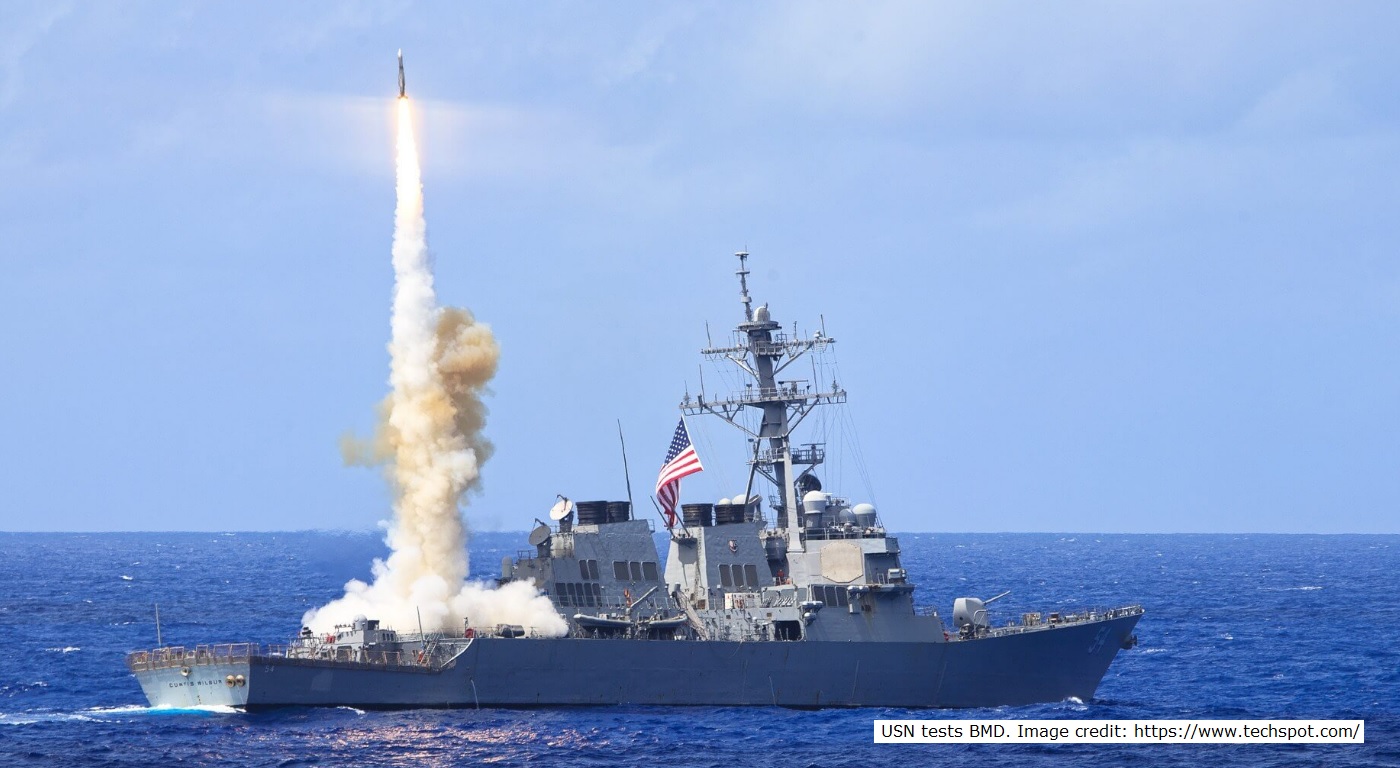
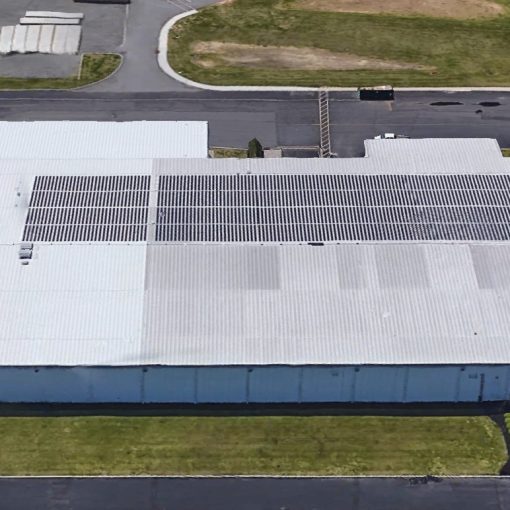
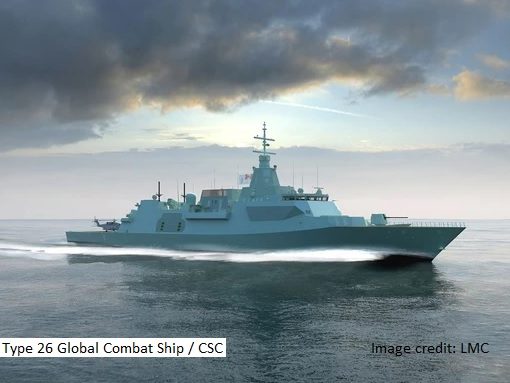
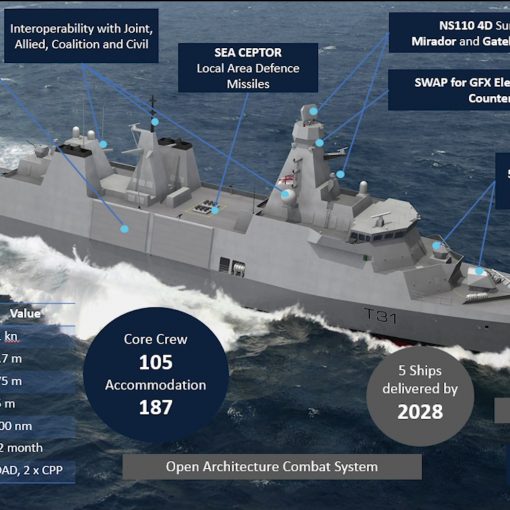
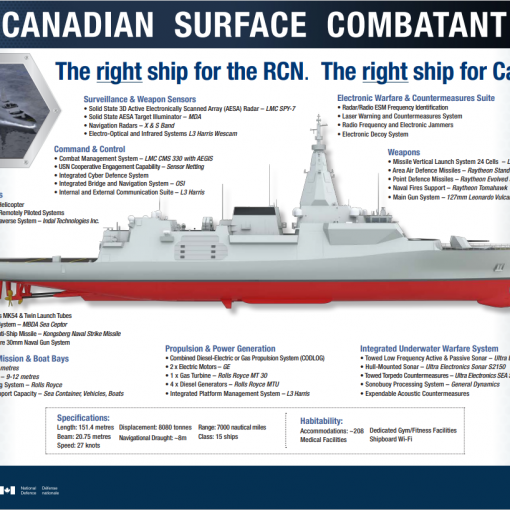
3 thoughts on “The Canadian Surface Combatant: A Backdoor to Ballistic Missile Defence?”
Yes, it would appear that the RCN wanted the CSC frigate to be involved with BMD using SPY 7, an X Band Illuminator radar being designed by MDA, along with some AEGIS BMD software components designed into Lockheed Martin’s CMS 330 system for the CSC Type 26 frigate (fitted for, but not with) IMO. The main requirements to this may be for either SM-3 OR SM-6 missiles located into the MK 41 VLS system. We just don’t know…..yet. Another reality is that the Liberal government would rather not go against the Chretien government’s decision in 2010 to not join the US in BMD at this time (even though they probably should have). Many NATO and allied states already have AEGIS systems for their AAW platforms with BMD specifically in mind. The reality is that BMD is here to stay, so our new frigates might as well be ready for it, and SPY 7 is a very good start.
Another thought, although the Lockheed Martin (LM) SPY 7 (V) could be fitted on the Arliegh Burkes Flt IIIs, they will not receive this radar. They will receive the SPY 6 (V) 1 Air Missile Defence Radar (AMDR) which Raytheon has been contracted to develop and install. The Spanish AAW ships will also receive the SPY 7 (V) 1 along with the 15 CSC Frigates. In my opinion, LM may also be contracted to fit the SPY 7 (V) 1 radar on the USN FFX frigate and possibly the LCS class but definitely not the AB FLT IIIs.
Procrustes
I agree with both of your comments as to the likely way ahead for shipborne BMD, and I also concur that Canada should have got into the BMD business some time ago, and should have been upfront about it. This whole question of high-end capabilities on medium capability warships raises the debate about the USN return to a hi-lo mix of surface combatants. The problem for Canada is, we tend to procure middle capability warships for high-end prices! One CSC for about two Arleigh Burkes.